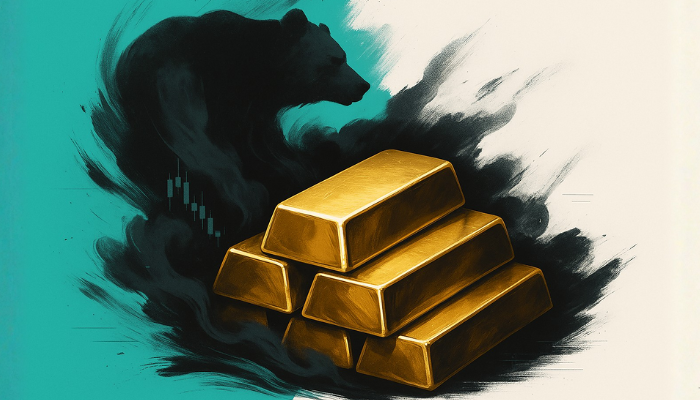The shift in sentiment followed Tuesday’s economic reports showing U.S. retail sales rising less than expected in September and the Producer Price Index increasing 2.7% year over year, unchanged from August and below market expectations. The combination of tempered demand and controlled producer inflation reinforced the view that monetary policy may be tighter than necessary.
The dollar slipped to a one-week low as traders speculated the next Federal Reserve chair may adopt a more accommodative stance. A weaker dollar tends to increase global appetite for gold and silver by lowering the cost of dollar-denominated commodities for overseas buyers.
U.S. Treasury yields also remained under pressure, with the benchmark 10-year note trading near one-month lows. Lower yields reduce the opportunity cost of holding non-yielding assets, historically strengthening demand for gold during periods when markets anticipate the Fed will ease.
Markets are now pricing an 84% probability of a December rate cut, sharply higher than the 50% odds seen last week, according to CME FedWatch data—marking one of the fastest shifts in rate expectations this quarter.
Silver Benefits From Broader Risk Repricing
Silver tracked the move in gold, supported by the same combination of a softer dollar, lower yields, and rising expectations for policy easing. While industrial demand remains mixed, the metal continues to benefit from its dual role as both a precious and industrial commodity, allowing it to capture haven flows without losing exposure to cyclical themes.
The next focal point for both metals will be the U.S. weekly jobless claims report, which may further influence rate expectations and guide market direction into the December policy meeting.
